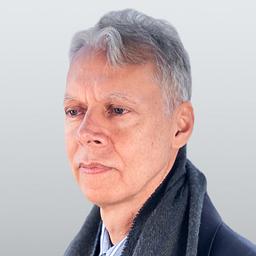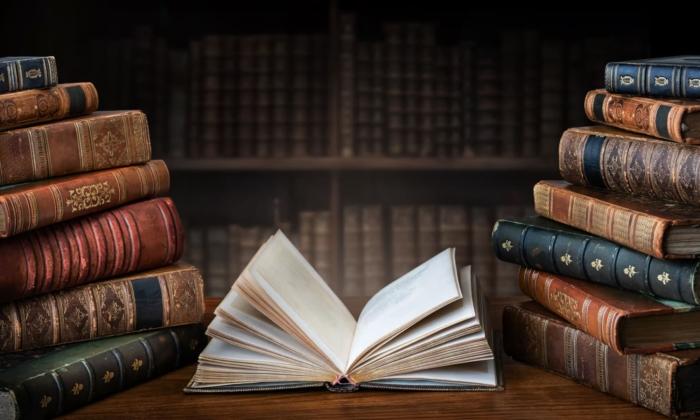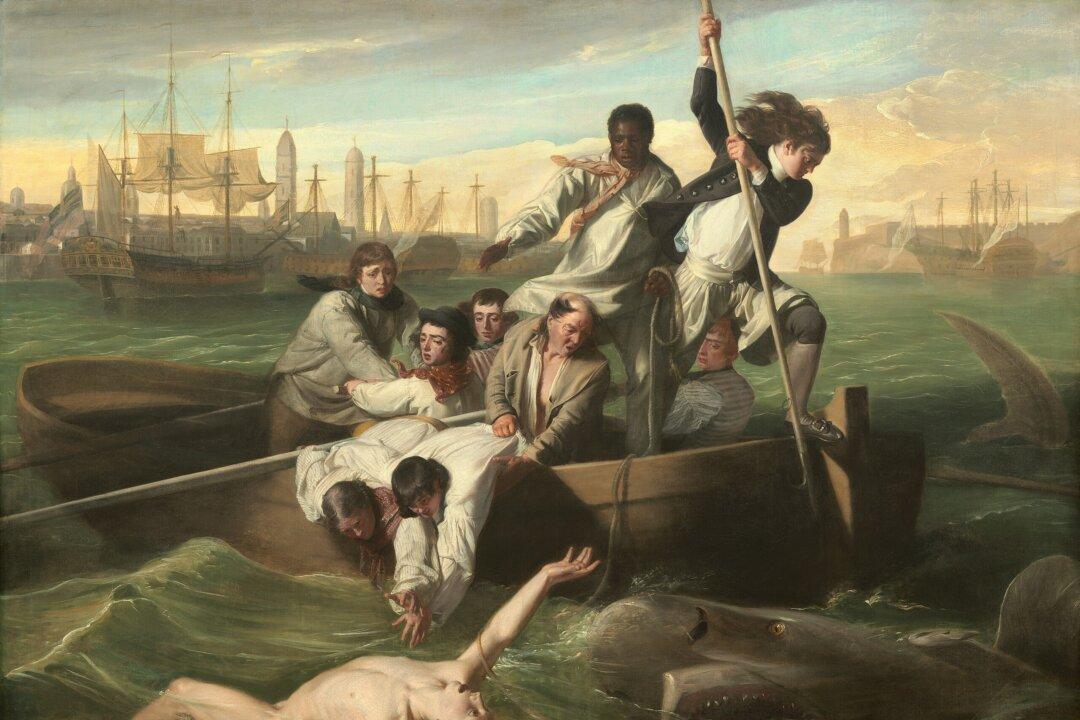It was back in the 1990s that the language of “diversity, equity, inclusion” (DEI) started to spread through the public sphere and become a liberal dogma.
Before that time, “multiculturalism” was the preferred way of speaking, and it was mostly confined to the education and activist realms. I remember well those debates over “Eurocentrism” in the 1980s, carried out in academic settings, in which people who criticized Western society for its imperialism and colonialism had all the moral momentum and put traditionalists (many of whom were liberals) on the defensive.
But their guilt trips didn’t fare so well beyond the academic walls. Multiculturalists came off as too bitter, a little resentful, and personally unappealing to those who didn’t make their living in the classroom. If the kind of progress that leftists envisioned were to happen, a lexicon of DEI would prove a better form of persuasion. Less talk of Western badness; more talk of just and fair inclusivity, and happiness for all.
For a long time, the switch worked. If multiculturalism in its 1980s expression struck conservatives, and centrists, too, as an attack on a heritage they held dear, DEI made no such accusations. It was too abstract and ahistorical to fit that objection. Who would object to a world in which everyone shared in prosperity? That’s equity! Who didn’t enjoy cuisines from Mexico, India, and Ethiopia? That’s diversity! What benevolent soul wanted to see any deserving individual shut out of institutions crucial to their flourishing? That’s inclusion!
As I said, the vocabulary worked, astonishingly so. Ten years ago, it was thought that only a bigot would defy the DEI mandate. When a challenge to affirmative action practices at the University of Texas–Austin came before the Supreme Court, a headline published on an online magazine was not an unusual take on the case: “Abigail Fisher deserves an ‘F’ for her race-baiting Supreme Court case aimed at boosting subpar white students.”
“[Students] understand their own perspectives, identities and cultures in relation to those of others; they engage with a wide variety of texts with a diverse representation of perspectives, identities and cultures like and unlike their own; they are inclusive of others.”
This is the first principle of college and career readiness in the standards document. It’s not a minor goal. On the surface, it seems a desirable achievement, a cosmopolitan awareness of people and outlooks beyond those of one’s own background and community. But note what’s missing: the learning of one’s own culture, its history, literature, and finest achievements and personages. The authors seem to presume that kids already know it and are ready to relate it to other traditions, but let’s be honest: 16-year-olds don’t know much of anything about the past. They grow up in a swarm of social media and entertainment and peer pressure that has little intellectual value. One would expect educators to begin with the fundamentals of the dominant tradition, and after those basics have been absorbed, diverse histories and cultures may be introduced.
That first step is absent, though. The standards document doesn’t mention Shakespeare or Mark Twain or the sonnet. The word “novel” pops up only twice, one of those times in relation to “Dakota and Anishinaabe people.” We have to conclude that this absence of traditional material is deliberate. The designers of the standards seem to be engaged in an act of dispossession. Under the guise of diversity and inclusion, they wish to deprive American youths of an understanding of the American heritage.
This is what’s behind the pseudo-benevolent language of DEI. A kindly terminology has served an unkind ideology. The tactic has run its course, however. We have learned to say, “You tell us what DEI means, but we want to see what it does.” Show us how it works; let’s see some materials that are used in diversity training; tell us more about unconscious racism.
The more actual evidence we gather, the more the unpleasant truth comes out.







